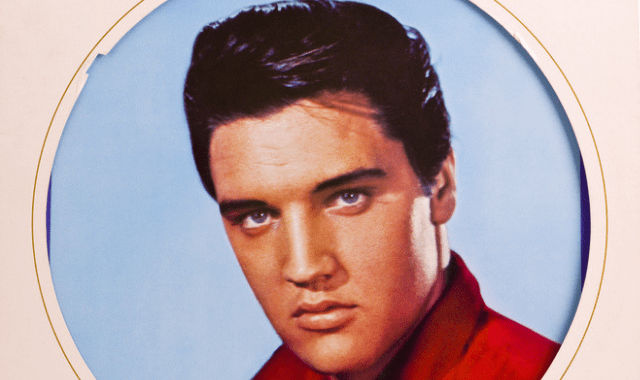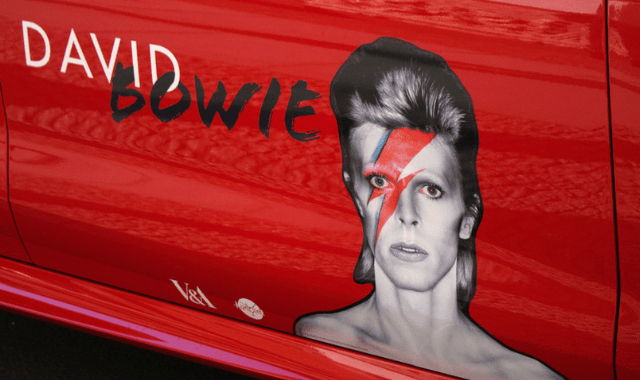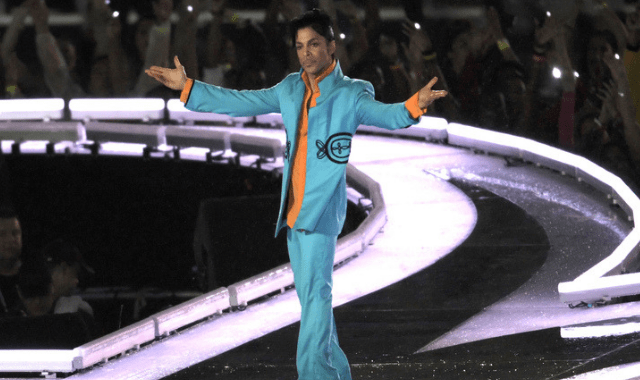From Marlene Dietrich to Boy George to RuPaul, the worlds of film and music have provided some true gender-bending icons over the years. Here, then, are our top 10 androgynous and cross-dressing stars that have shaped fashion and challenged stereotypes.
Androgynous characters are nothing new
The expression ‘gender-bending’ is a relatively recent term with the first known use being in the early 1980s. However, examples of androgynous characters have been in literature and the media for many years. In fact, as early as c. 385-380 BC, the philosopher Plato wrote Symposium, in which he explored the concept of androgyny. Although he did not present it as wrong or a shameful thing, society has unfortunately seen androgyny, trans dressing and drag as something scandalous until fairly recently.
Thankfully, nowadays, gender-bending is widely accepted and embraced. So, to celebrate, here are our Top 10 of the most influential people in pop culture who have helped pushed society to accept gender non-conformity.
1. Marlene Dietrich
A beautiful and talented actress, Marlene Dietrich, was one of the earliest celebrities to challenge gender stereotypes. She found international fame starring in Hollywood blockbusters in the 1930s and became almost as famous for her androgynous lifestyle and fashion sense as she did for the movies she starred in.
Despite her feminine beauty, she would often appear in public wearing men's suits and tuxedos. She also indulged in her love of boxing despite it primarily being viewed as a man's sport at the time. Openly bisexual, she was a regular on the gay scene and loved attending drag balls. In 1931, Dietrich was nominated for an Oscar for her role in gender-bending movie Morocco, in which she played a singer who kisses another woman while dressed in drag.

Elvis Presley started the androgynous rockabilly trend.
2. Elvis Presley
Elvis Presley rose to fame in the 1950s with his distinct rock & roll sound and his unique sense of style. He was one of the first male stars to use make-up openly, which later inspired other performers, such as The Beatles, Mick Jagger and Jimi Hendrix, to experiment with an androgynous look. Elvis inspired the androgynous Rockabilly trend in the USA, which saw girls defy gender norms by dressing in tomboy clothing and wearing their hair in masculine-style quiffs.
3. The Beatles
Entering the music scene in the early 1960s, English rock band The Beatles inspired a whole new era of androgynous style. They changed the 1950s male image of slicked-back quiffs and leather jackets with their controversial long hair and high-heeled boots. Despite some initial outrage at their open disregard of gender rules, they inspired a generation of men to experiment with androgynous dressing.
4. Divine
Harris Glenn Milstead rose to fame in the early 1970s, performing in theatre and film dressed as his drag queen persona Divine. One of the first and most famous drag queens, Divine developed a reputation for his trashy, crude and often obscene behaviour. He gained a large following of supporters and was particularly well received in the gay community. Although he passed away in 1988, he remains a popular cult figure and was named by People magazine as ‘Drag Queen of the Century’.

David Bowie created the androgynous alter-ego Ziggy Stardust
5. David Bowie
The glam rock era of the 1970s saw the lines for gender conformity blurred even further. Male artists such as David Bowie proudly performed in tight, feminine clothing, wearing make-up. Bowie's androgynous long-haired alter-ego Ziggy Stardust was hugely popular, showing just how much society had changed its view on what was acceptable.
6. Dr Frank N. Furter
When it was released in 1975, The Rocky Horror Picture Show was mostly ignored by audiences and described as tasteless and pointless by critics. The film follows the story of a young heterosexual couple who stumble across the castle of Dr Frank N. Furter when their car gets a flat tyre. The film is a celebration of trans dressing and very much embraces and encourages breaking the boundaries of gender conformity.
The movie was initially not well received but soon gathered a growing number of straight, gay and trans fans who would attend showings at the cinema dressed in drag. Today it has a broad international following of devotees who regard it as one of the best cult films ever.
7. Prince
The late 1970s and 1980s saw the boundaries of gender conformity well and truly smashed. Many pop and rock icons ignored all the rules and made gender-bending something to be embraced and flaunted. One such artist was Prince, who wore flamboyant girlish outfits of frilly shirts, skin-tight trousers, platform heels and heavy eye make-up. Prince was, and still is, adored by men and woman alike, and is widely considered to be one of the greatest musicians of all time.

Prince was flamboyantly androgynous and is still today adored by men and women all over
8. Annie Lennox
It had become quite acceptable for men to work the androgynous angle when Annie Lennox came onto the music scene in the late 1970s. However, gender-bending still wasn’t something pop culture had seen women do much of.
Dressing in men's suits and with her short, masculine haircut, Lennox stood out for all the right reasons. She shocked and delighted audiences when she performed as a drag king at the Grammy Awards in February 1984, showing that gender-bending was not just a man's game. Lennox's image is widely imitated today, as it is considered fashionable and sexy for women to dress in male clothing. Her unique and unforgettable style is often seen replicated by female stars on the red carpet.
9. Boy George
The glam rockers of the '70s really paved the way for the New Romantic wave of music, which was heavily influenced by the androgynous image of its predecessors. With it came a new trend of extreme gender-bending, to the point where it was argued that some artists of the era were trans dressing.
Boy George was one performer who fully embraced this image, with his iconic heavily made-up face consisting of colourful eyeshadows, heavy eyeliner, blusher and lipstick. With his long hair and feminine outfits, he could almost be mistaken for the opposite sex, but by this point, culture accepted and welcomed his glamorous appearance.
10. RuPaul
When RuPaul became famous in the 1990s, pop culture had very much been exposed to extreme gender-bending, drag and trans performers. He was accepted and embraced by the public, who loved his work. Today, RuPaul is still a popular musician, actor and television personality, and appears in public and performs both in and out of drag. This proves just how far society has come over the last century.
Did your androgynous icon make our Top 10? Who else would you include in the list? Share your thoughts in the Fetish.com forum.
.gif.81d0c0442ce9717e871ade8e7d5b0dd8.gif)









Join the conversation
You can post now and register later. If you have an account, sign in now to post with your account.
There are no comments to display.